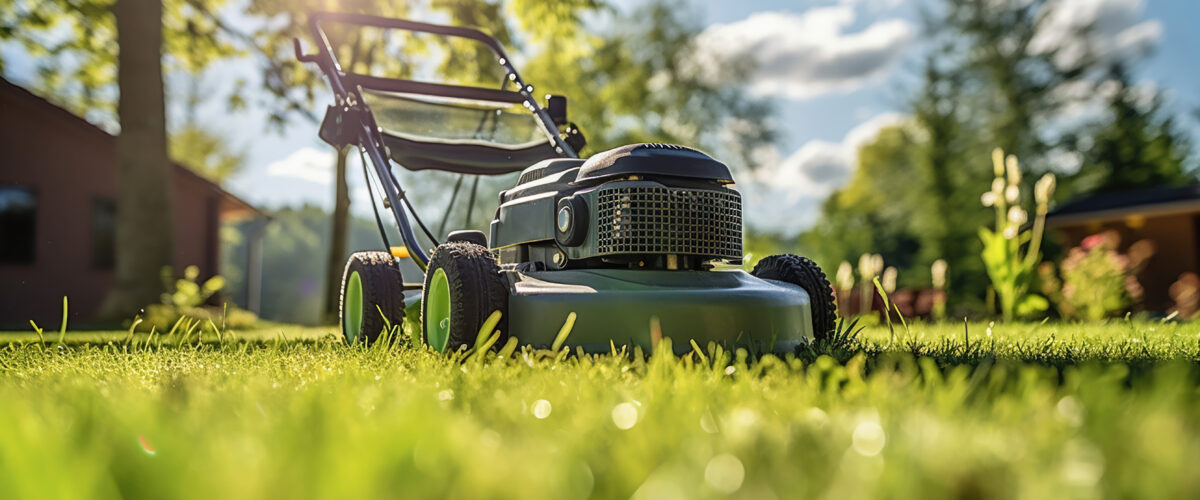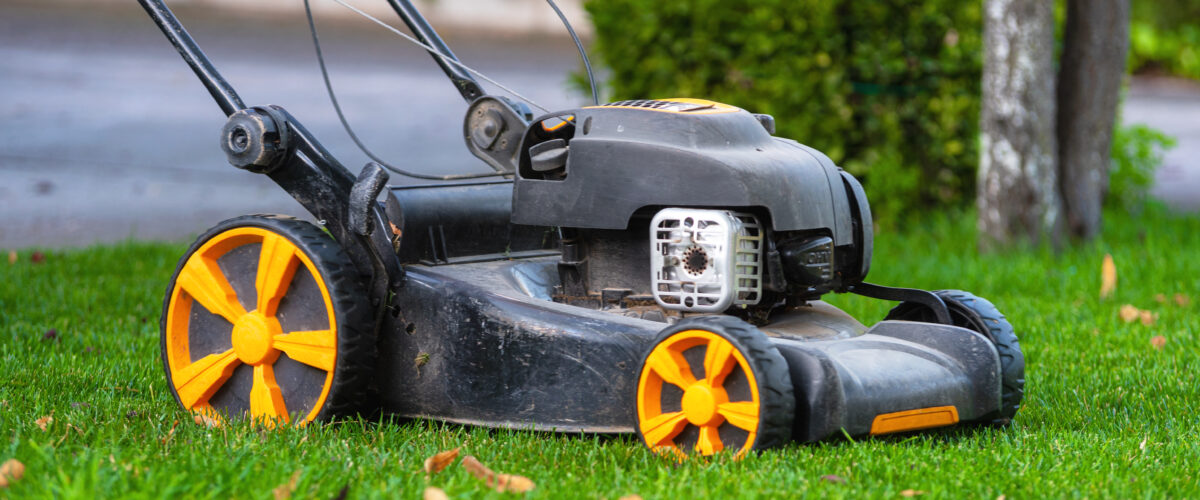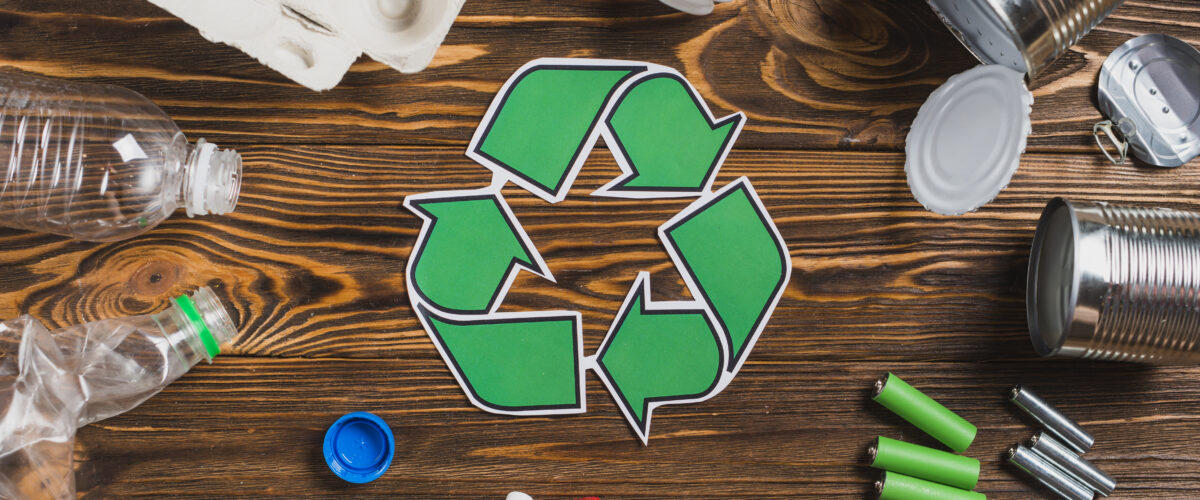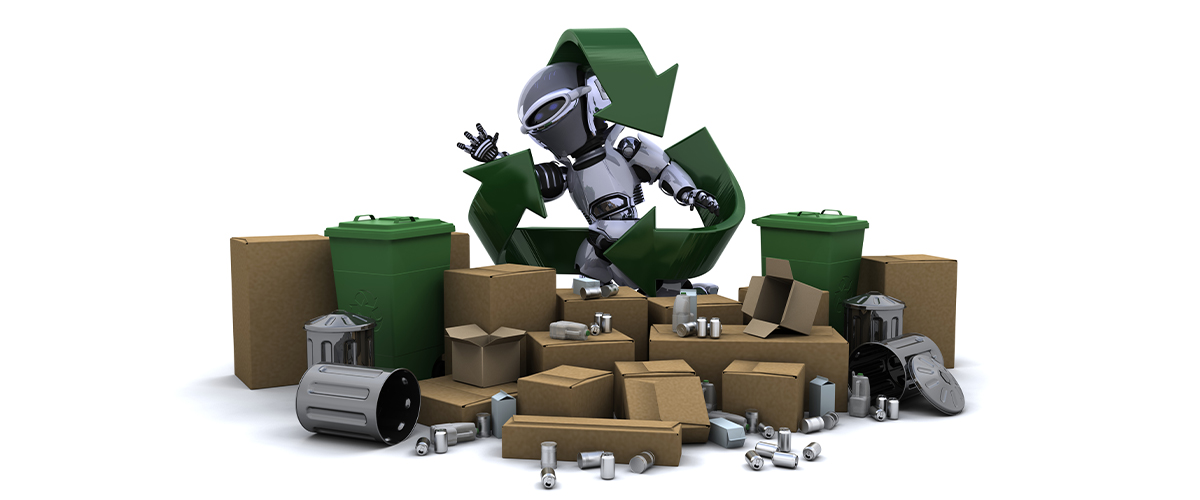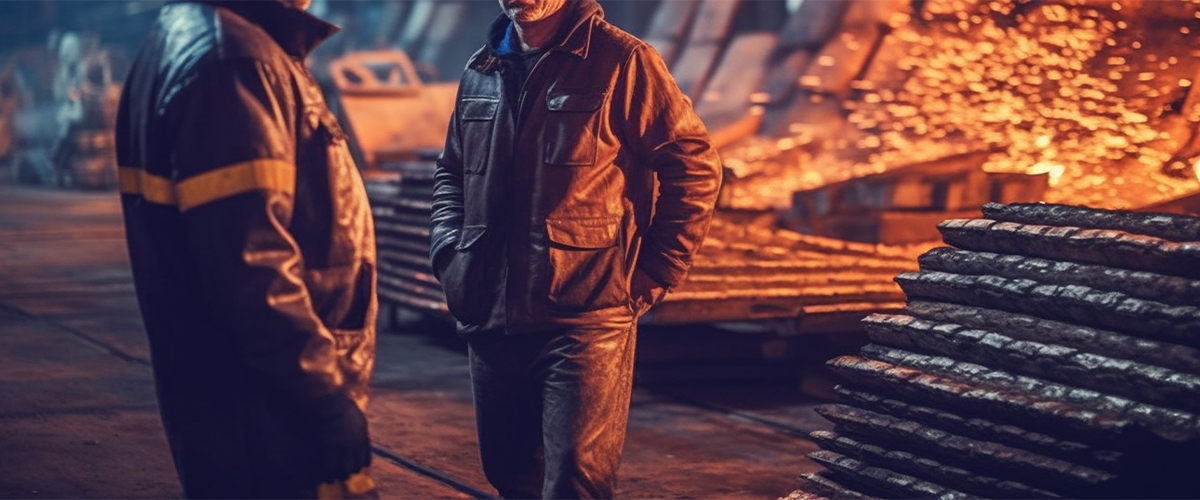When it comes to lawn equipment, the choice of material is crucial for ensuring durability, performance, and longevity. At Arizo Global, we understand the importance of selecting the right metal to withstand the rigors of outdoor use and provide optimal functionality. This guide explores the best metals for lawn equipment and the factors to consider when making your selection.
Key Metals for Lawn Equipment
Steel
Pros:
Strength and Durability: Steel is renowned for its strength and durability, making it ideal for high-stress components such as blades, frames, and handles.
Corrosion Resistance: When treated with anti-corrosive coatings like galvanization or powder coating, steel can resist rust and corrosion effectively.
Cost-Effective: Steel is generally more affordable compared to some other metals, providing a good balance between cost and performance.
Cons:
Weight: Steel is heavier than some other metals, which can make lawn equipment more cumbersome to handle.
Maintenance: Steel requires regular maintenance to prevent rust and ensure longevity, especially if not coated.
Aluminum
Pros:
Lightweight: Aluminum is much lighter than steel, making it easier to handle and reducing operator fatigue.
Corrosion Resistance: Naturally resistant to rust and corrosion, aluminum is ideal for outdoor use without requiring additional coatings.
Malleability: Aluminum is easier to shape and form, allowing for more intricate designs and features in lawn equipment.
Cons:
Strength: While aluminum is strong, it is not as strong as steel, which may limit its use for high-stress parts.
Cost: Aluminum is generally more expensive than steel, which can increase the overall cost of the equipment.
Stainless Steel
Pros:
Corrosion Resistance: Stainless steel offers superior corrosion resistance, even in harsh outdoor conditions, making it ideal for long-term use.
Aesthetic Appeal: Stainless steel has a sleek, polished look that is visually appealing.
Strength and Durability: Combining the strength of steel with excellent rust resistance, stainless steel is ideal for critical components.
Cons:
Cost: Stainless steel is more expensive than both regular steel and aluminum.
Weight: It is also heavier than aluminum, which can be a drawback for certain applications.
Titanium
Pros:
Strength-to-Weight Ratio: Titanium is extremely strong yet lightweight, offering the best of both worlds for lawn equipment.
Corrosion Resistance: Naturally resistant to rust and corrosion, titanium requires minimal maintenance.
Durability: Titanium can withstand extreme conditions and heavy usage, making it ideal for high-end lawn equipment.
Cons:
Cost: Titanium is significantly more expensive than other metals, which can make the equipment cost-prohibitive.
Manufacturing Complexity: Working with titanium requires specialized equipment and techniques, increasing manufacturing complexity and cost.
Factors to Consider When Choosing Metal for Lawn Equipment
Intended Use: Consider the type of equipment and its intended use. High-stress components like mower blades and engine parts may benefit from the strength of steel or titanium, while frames and handles might be better suited for lighter metals like aluminum.
Weight: The weight of the equipment impacts ease of use and operator fatigue. Aluminum and titanium are preferred for handheld or portable equipment due to their lighter weight.
Corrosion Resistance: Lawn equipment is frequently exposed to moisture and varying weather conditions. Metals like stainless steel, aluminum, and titanium offer excellent corrosion resistance, extending the lifespan of the equipment.
Cost: Budget constraints play a significant role in material selection. Steel provides a cost-effective option with good durability, while aluminum offers a higher cost with added benefits of lightweight and corrosion resistance. Titanium, though expensive, provides superior strength and corrosion resistance for premium applications.
Maintenance: Consider the maintenance requirements of the metal. Stainless steel and titanium require less maintenance compared to regular steel, which needs regular anti-corrosion treatments.
Environmental Impact: For eco-conscious consumers and companies, the environmental impact of the metal is also a consideration. Recyclability and the carbon footprint of the manufacturing process can influence material choice.
Recommendations for Different Lawn Equipment
Mower Blades: Steel or titanium are ideal due to their strength and durability. High-carbon steel blades offer a good balance of cost and performance.
Frames and Handles: Aluminum is an excellent choice for frames and handles, providing strength without excessive weight, enhancing maneuverability and ease of use.
Fasteners and Small Components: Stainless steel is perfect for bolts, screws, and other small components due to its corrosion resistance and strength.
High-End Equipment: For premium lawn equipment, titanium provides unmatched durability and corrosion resistance, justifying the higher cost for long-term performance.
Conclusion
Selecting the right metal for lawn equipment is essential for optimizing performance, durability, and user satisfaction. At Arizo Global, we prioritize the use of high-quality materials to ensure our products meet the highest standards. By understanding the benefits and limitations of different metals, we can make informed decisions to create superior lawn equipment that stands the test of time.

